Taqiyah vs Kippah vs Zucchetto, it's not so much a debate as an interesting comparison.…
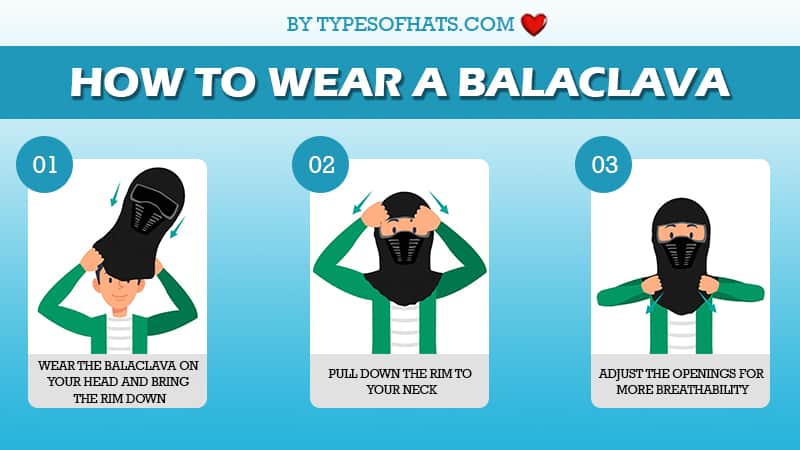
What is a Balaclava (Ski Mask) – 13 Things You Should Know
Even though there are endless layers to wrap our body against the wicked old man winter, how can we forget our poor head? Especially the nasty cold wind blowing through your ears and shaking your whole body! Don’t you think you need the best, effective headwear to cover up your head and neck so that there is no other way for the cold breeze to freeze you? Balaclavas don’t disappoint you! Let’s do a quick rundown on what a balaclava is and how to wear a balaclava.
1. What is a Balaclava?
A balaclava is a close-fitting hood, which provides warmth by covering the whole head and neck except the eyes. Some balaclavas are designed with separate vents for the mouth and nose. They are necessary headwears to prevent frostbite due to cold temperatures. Balaclavas were made up of wool during the early days, but now, they are made of silk, fleece, bamboo, cotton, polyester, etc.
2. Is Ski Mask the Same as Balaclava?
Yes, The Ski Mask is actually another name for Balaclava.
The ski mask is a type of cloth headgear designed to expose only the face. The exposed area usually includes the eyes and mouth, and protecting the whole head and neck, and making it perfect for skiers or snowboarders.
3. Where Does the Name Balaclava Come From?
The name balaclava originated from the Turkish language, which means “woolen head covering.” It is pronounced as ba·luh·klaa·vuh. Wikipedia mentions that, during the Crimean war in 1854, the name came to use during the battle of balaclava, where balaclava refers to a town in Crimea. British troops used handmade balaclavas to protect them from the biting cold temperatures.
4. Why Should You Wear a Balaclava?
1. Warmth and Protection
The most important purpose of a balaclava is to provide ultimate warmth and protection to the wearer by covering the whole head and neck except the eyes. Even if it looks tough outside, the inside is extremely soft and comfortable to your face, thanks to the fleece lining.
- Back of the neck and head: Unlike other headwear, balaclavas wrap the back of the neck and prevent the turbulent air from hitting the back of the neck, especially in cold temperatures.
- Front of the neck and chin: It completely covers your front neck, chin and prevents exposure to UV rays and pollution.
- Top of head and scalp: They cover the top of your head, traps body warmth, and helps to regulate body temperature. They also prevent the contact of dust and debris to your scalp, which can cause fungal infections, like dandruff, etc.
2. Breathability
People might think the balaclavas leave no space for the scalp to breathe. But it’s not true!
Balaclavas are also made up of natural fabrics like wool and silk, allowing good breathability and keeping your head sweat-free and dry. Balaclavas also come with a mesh panel designed at the mouth and nose to increase breathability.
3. Prevents Fogging of Goggles
Not only it’s breathable, but balaclavas are designed with mesh panels that expel your breath outside and prevent fogging of glasses. This makes your visibility better and keeps you on track.
4. Prevents Skin and Hair Diseases
Cold temperatures with very low humidity can wreak havoc on your skin if you don’t cover it properly. An improper closure makes your skin dry, flaky, and itchy and leads to conditions like xerosis and eczema, etc.
The cold elements can dry out your skin, making it prone to breakage. Balaclavas give enough protection by keeping skin and hair diseases at bay.
5. Prevents Exposure to UV rays and Pollution
Do you think the sun is not out, and you don’t need to care about UV rays? UV rays are produced all year round, and 80% of UV rays are reflected on the snow. To be precise, the higher the altitude, the more UV rays will be. Balaclava does an excellent job of protecting your face from UV rays and prevents sunburn.
6. Save your Helmet Padding
Balaclavas are also used as helmet liners for sports players, bikers, and cyclists. They help to reduce helmet traction on your scalp, prevent traction alopecia and the receding hairline.
They also prevent the absorption of sweat, body oils, dust, and debris and prevent deterioration of the helmet’s inner lining.
7. Keep your Hair Strands Away
No more disturbing hair strands on your way! These balaclavas hold your hair tight in place and avoid getting messed up in the cold wind. They secure your hair very carefully and help you focus on the activity.
8. Versatility and Look
Balaclavas are a winter accessory that can be paired up with anything. They can also be convertible to wear around the neck and as a wristband to wipe your sweat.
After all, They also come in a huge variety of colors to make your winter season colorful! Everyone wished to be a ninja at least once in our childhood; go for the black balaclava now, which gives you a unique look and makes you stand apart from the crowd.
5. When to Wear a Balaclava?
Many people think Balaclavas are meant only for winter, but that’s not true! Balaclavas can be worn in winter and summer too.
Balaclavas are also manufactured with synthetic fabrics, like polyester, which has moisture-wicking properties to draw away sweat. Additionally, they are designed with a UV protection factor which helps to shade you from the scorching sun’s rays and prevent sunburns. They also come with cooling properties that keep you sweat-free in the summer.
Check out to learn the best summer balaclavas that are available at affordable prices and are worth getting!
6. How to Wear a Balaclava?
Wearing a balaclava is ridiculously easy! Here’s the easiest method to know how to wear a standard balaclava.
Step 1: Wear the Balaclava on Your Head and Bring the Rim Down
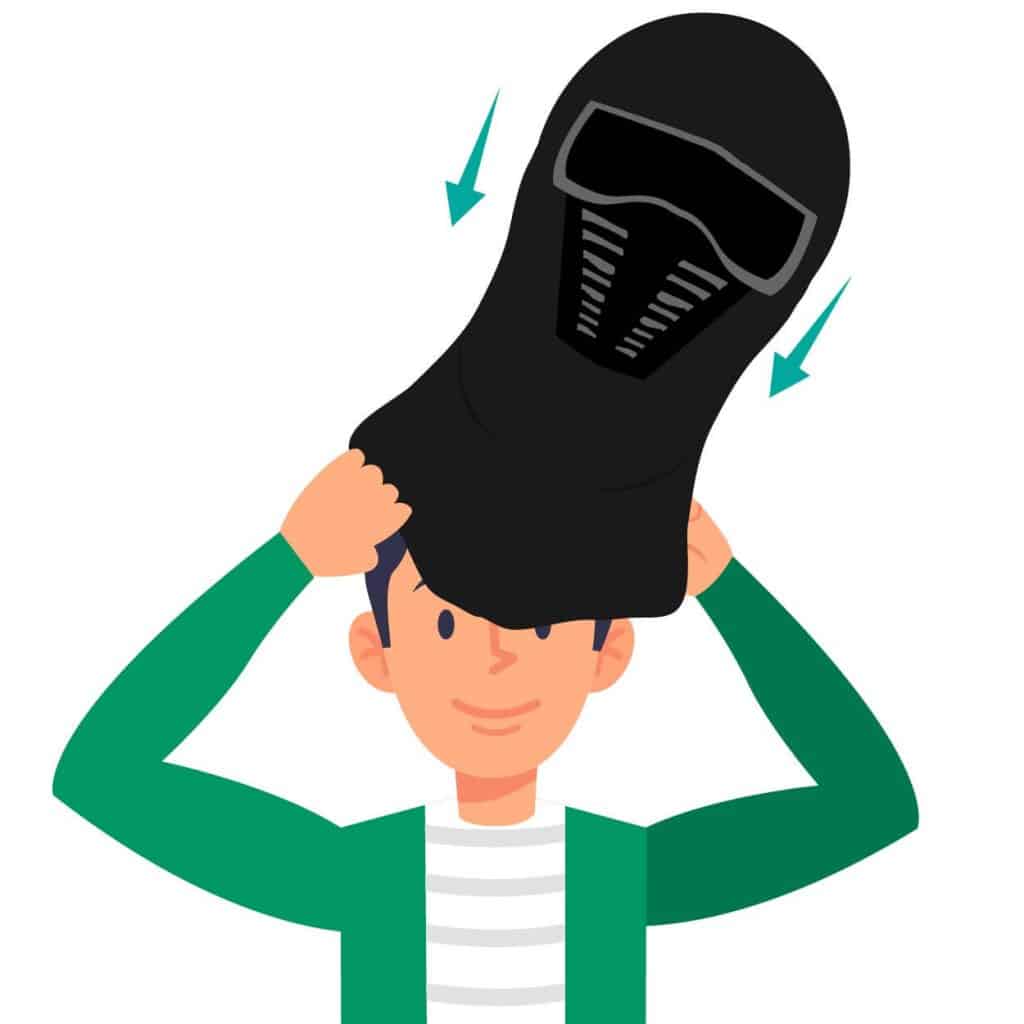
First, wear the balaclava on your head and make sure the vents for your eyes are in the front. Roll the rim of the balaclava downwards until the top of the balaclava is smoothly placed on your head without any folds.
Step 2: Pull Down the Rim to Your Neck
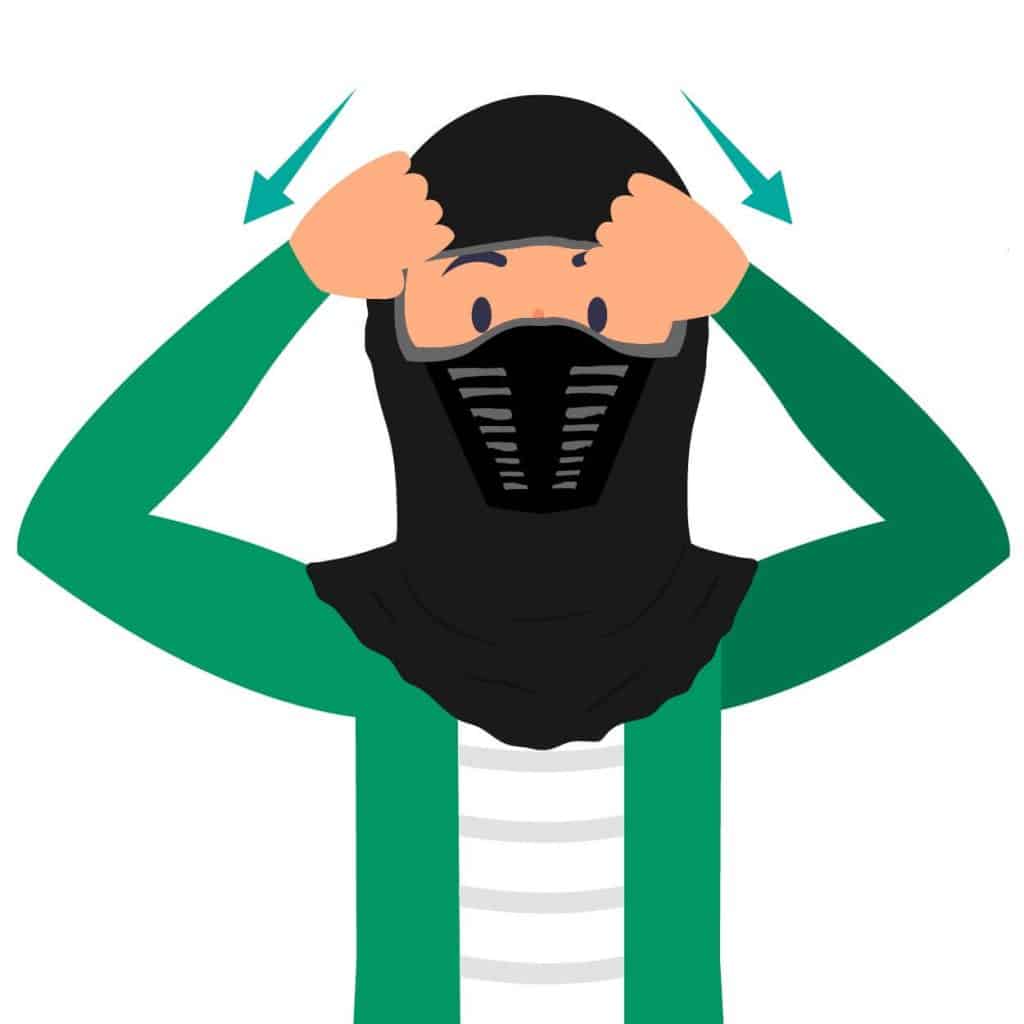
Pull the remaining part of the balaclava to your shoulders. If you have a longer balaclava, wrap it on your shoulders. You can even tuck in inside the collar or into the neckline of your t-shirt.
Step 3: Adjust the Openings for More Breathability
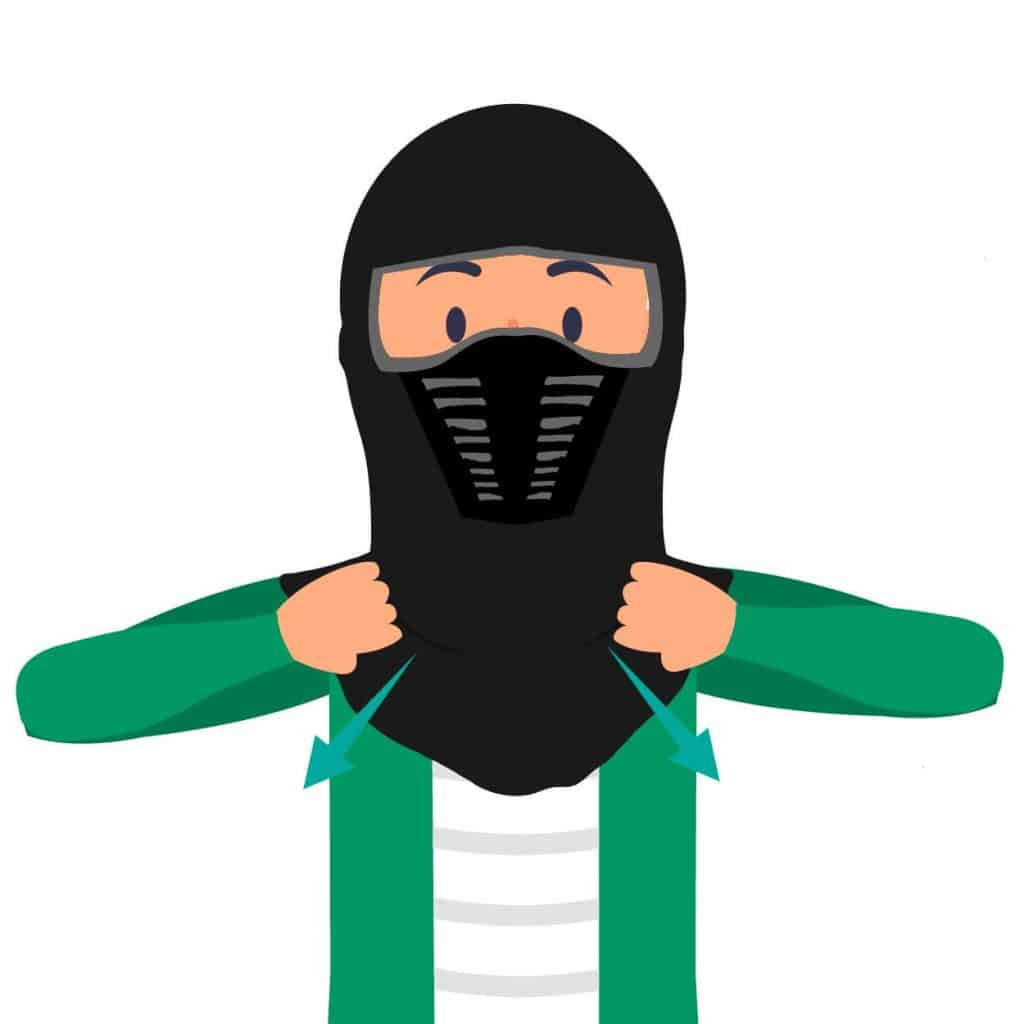
Thirdly, adjust the openings in the balaclava for better visibility. While adjusting, pull down the part that comes over your mouth and make sure there are no folds for a proper fit.
7. How Can a Balaclava Be Worn in Multiple Ways?
Like a neck gaiter, a convertible balaclava can also be worn in multiple ways due to its hinged design. You can wear it as a
- Balaclava
- Face mask
- Neckwarmer
- Hood
- Headband
- Hat or helmet liner
- Wristband
8. What Are the Types of Balaclavas?
- Solid front balaclavas
- Convertible balaclavas
- Balaclava with a neck warmer
- Hooded balaclavas
- Hoodless balaclavas
- Sub-zero ski masks
- Windproof, water-resistant, anti-dust, breathable balaclavas
- Heating balaclavas, cooling balaclavas
- Balaclava with visor
- Sun mask balaclavas
- Balaclava with eye shield, goggles
- Balaclava with your earloops
- Balaclavas with filter
- Novelty, camo balaclavas
- Balaclavas with one, two, three openings!
Isn’t that mind-blowing? Check out more about the types of balaclavas and get what you need at the best price!
9. Things You Should Consider Before Buying A Balaclava
1. Material

Balaclavas are made up of various natural fabrics, such as wool, silk, bamboo fibers, cotton, and synthetic fabrics like polyester, acrylic, spandex, etc.
If you are allergic to polyester and looking for a balaclava that is friendly to your skin and keeps you sweat-free, no doubt, go for balaclavas made up of natural fabrics.
If you want long-lasting durability with stretchability, as well as to trap your body heat, go for a balaclava made up of synthetic fabrics.
2. Style
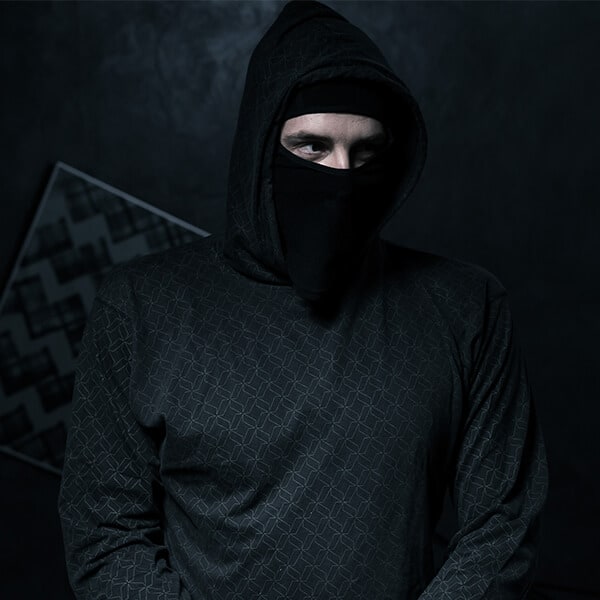
As you might have read earlier, there are a variety of overwhelming styles of balaclava! Know your needs and pick one. Remember, balaclavas can also be worn in the summer as helmet liners. Balaclavas with cooling properties work wonders to keep you sweat-free.
3. Size

Since balaclavas are designed for a one-size-fits-all style, you don’t need to bother about the size. They are made up of stretchable fabrics and constructed in a way to fit the wearer’s head. However, this depends on the brand. Take note of your head circumference and buy accordingly if you choose a custom size.
4. Durable Water Repellent Coating and UPF Protection Factor
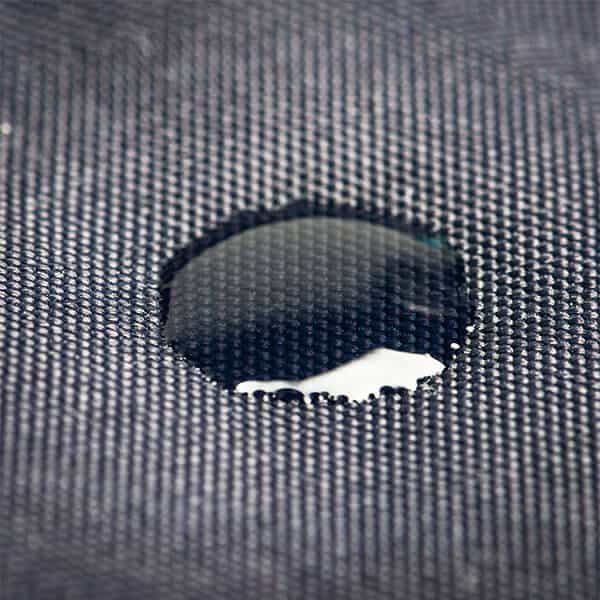
It’s better to check whether your balaclava is designed with UPF protection and durable water repellent coating. DWR coating helps to shed moisture and prevents soaking and absorption into the fabric. UPF protection factor delivers you extra protection against harmful UV Rays.
5. Flame Retardant Properties
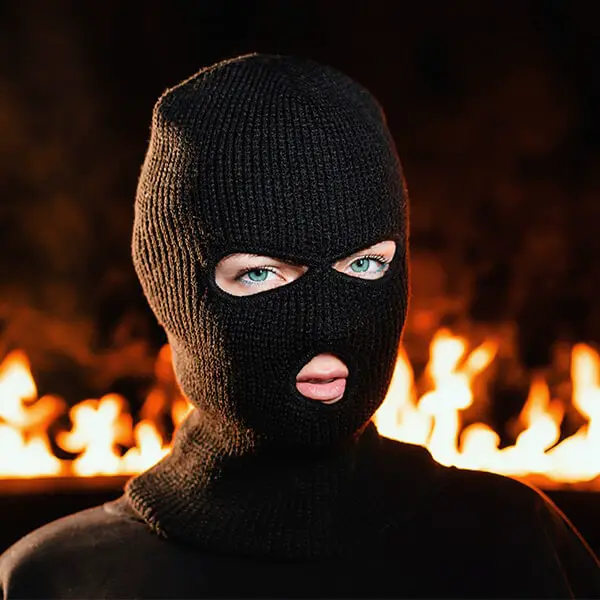
Additionally, flame retardant properties help the balaclava not catch fire easily when the wearer is exposed to a fire accident. The balaclava shields the nose and mouth filter the smoke until the rescuers reach the victim.
10. What is the Difference Between a Neck Gaiter, Balaclava, and a Ski Mask?
A balaclava is specially designed to cover your head, neck and leaving an opening for your mouth and eyes. A ski mask is also similar in design to a balaclava, so their names are interchangeable.
But a neck gaiter, also called neck tubes, or bandanas, is a different thing. It is a tube wear specially designed for the neck which can be pulled up to the head and can be used as a balaclava. Balaclavas also come with neck gaiters to provide versatility to the wearer.
11. Do Police and Military Only use balaclavas?
Soldiers and police initially used balaclavas in the olden days for their protective features. Today, balaclavas are no different from ski masks, and people use them for snowboarding, skiing, riding a snowmobile, etc. Balaclavas satisfy people with their mesh panel vents which release the breath outside and do not fog their ski glasses.
12. Is It Illegal to Wear a Balaclava in Public?
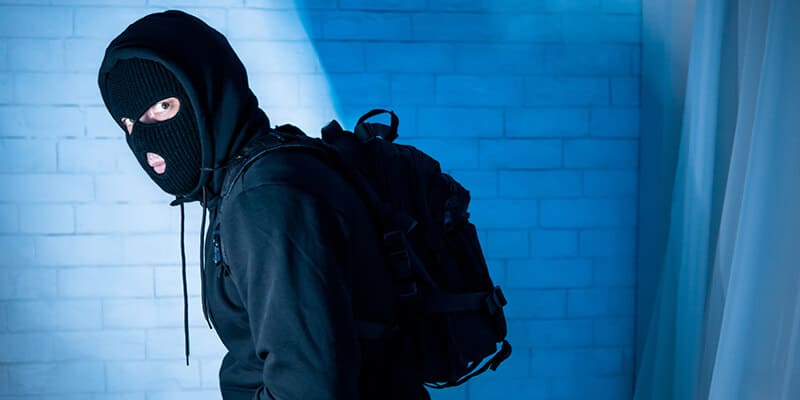
It depends on the country you’re living in. Some countries have an antimask law. These laws were enacted to prevent criminals from concealing their identities. For instance, according to the law in Washington DC, only protestors are banned from wearing a balaclava after 10 pm.
In some places, people are not allowed to cover up their whole face with a balaclava. Wearing it in a way by not concealing your identity is a better option.
13. Is a Balaclava an Effective Face Mask?
Balaclavas serve as a functional but creepy face mask during the pandemic. According to Wall Street, they become all the rage among people as an alternative to an actual facemask even though health organizations don’t recommend them.
If you’re looking for an effective balaclava facemask, make sure your balaclava is made up of a tightly woven fabric containing only small holes that can filter viruses. Next, the double-layered balaclava offers extra protection along with warmth. MAKE SURE balaclavas snugly fit your face and covers your mouth as well without a mesh design.
Final Thoughts
Undoubtedly, the most important part of winter we should consider is how we should bundle up ourselves to withstand the wicked winter. So, now you might come across the mind-blowing benefits of balaclava and how to wear a balaclava! Undoubtedly they are worth investing in at affordable prices to save your winter!
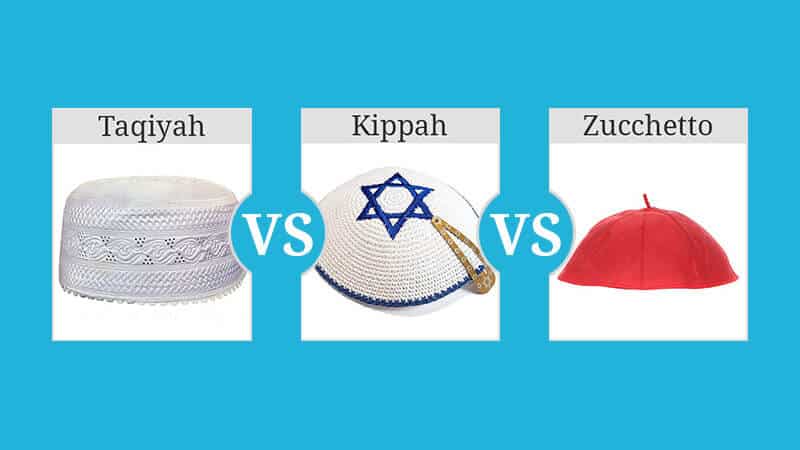
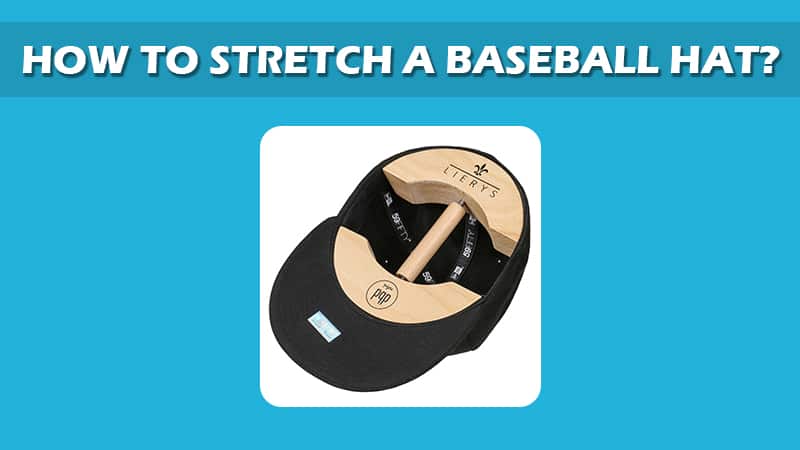
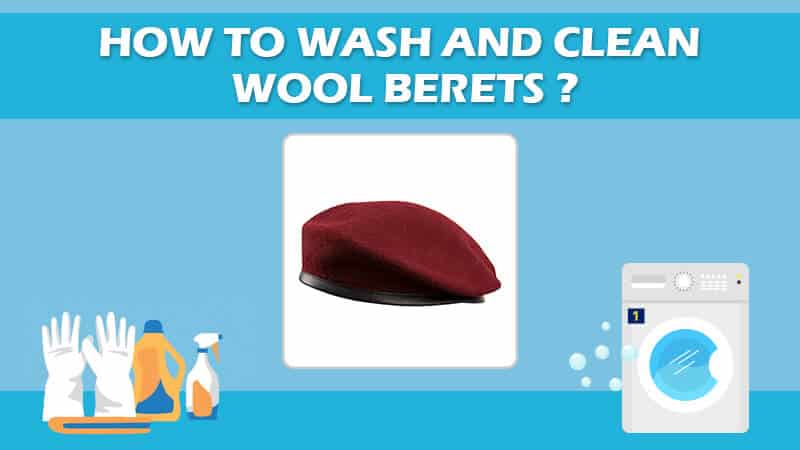
This Post Has 0 Comments